Apophenia is the scientific term for a phenomenon that all of us have experienced at some point: the ability to perceive figures, patterns or connections in random details. In other words, apophenia happens whenever we recognise the form of an animal in a cloud, the profile of a face in the silhouette of a mountain or the shape of a continent on the surface of a piece of toast. We know that none of these figures is the result of a prior intention. In reality, they arise from our brain’s tendency to put random details together into groups that make sense, its irrepressible impulse to turn an abstraction into something recognisable and concrete, its inclination to facilitate the emergence of entities that originate from the harmonious interaction of its parts.
+ Keep ReadingThe mechanics of apophenia can help explain some of the history behind this exhibition. Unlike what has happened so far in the Chain Reaction cycle, this is not a solo exhibition, nor is Las Palmas the pseudonym of an artist. Las Palmas is the name of an artist-run space founded in 2017 by Aires de Gameiro, Hugo Gomes, Nuno Ferreira and Pedro Cabrita Paiva. As is often the case with projects of this kind, Las Palmas is not a platform for showing exclusively the works of its founders, but rather one to explore, through solo and group exhibitions, a territory – in this instance, a territory that is constructed as one goes along. As in situationist psychogeography, this territory is not necessarily made of vicinities: it is made of choices, of synchronies, of the encounter between singularities which are sometimes distant, but which recognise and co-opt one another and, by the same token, contribute to the reinforcement of a shared energy.
The energy that has been nurtured by Las Palmas is as exotic in relation to the proverbial good taste and seriousness of Portuguese art as its name suggests. There is no shying away from colour here, nor any holding back from the impulse towards the abject, towards irony, provocation and the feckless. The approach of the artists who orbit in this universe is neither rhetorical, nor discursive, nor can we find on the surface of their works any traces of moralism or attempts to solve the world’s problems. What seems to interest them, above all, is the possibility of exploring a radical ambiguity – something that drifts between states, never settling. This becomes clear when we pay attention to the formats and techniques used – drawings look like prints, paintings forego paint, sculptures expand in space – or when we consider the paradoxes they suggest – the hand that imitates the machine, the painting that wants to be an object, the sculpture that presents itself as an optical experience. However, more importantly, this can be seen in a general tendency to return to the body, to the organic, the flesh, the bowels, the fluid, the sap. The mass, the indistinct, the formless and all the more or less veiled allusions to the presence of living beings (or parts of living beings) bring to this universe an unexpected biomorphism, shifting between the human, the animal and the vegetable.
The coincidences or points of contact between the proposals that belong in the context of this exhibition, and of the universe of Las Palmas in general, are not to be mistaken for a propagandistic initiative. There are no movements or manifestos here, not in the modernist fashion at least. On the contrary: as in apophenia, the gathering of these singularities is circumstantial – a fabrication of the brain, ready to disintegrate if something more pressing, significant or pleasurable presents itself. While it lasts, however, Las Palmas is a space of freedom and ongoing experimentation. A risk shared among peers, national and international, unfolding over a bright fuchsia background.
- Resume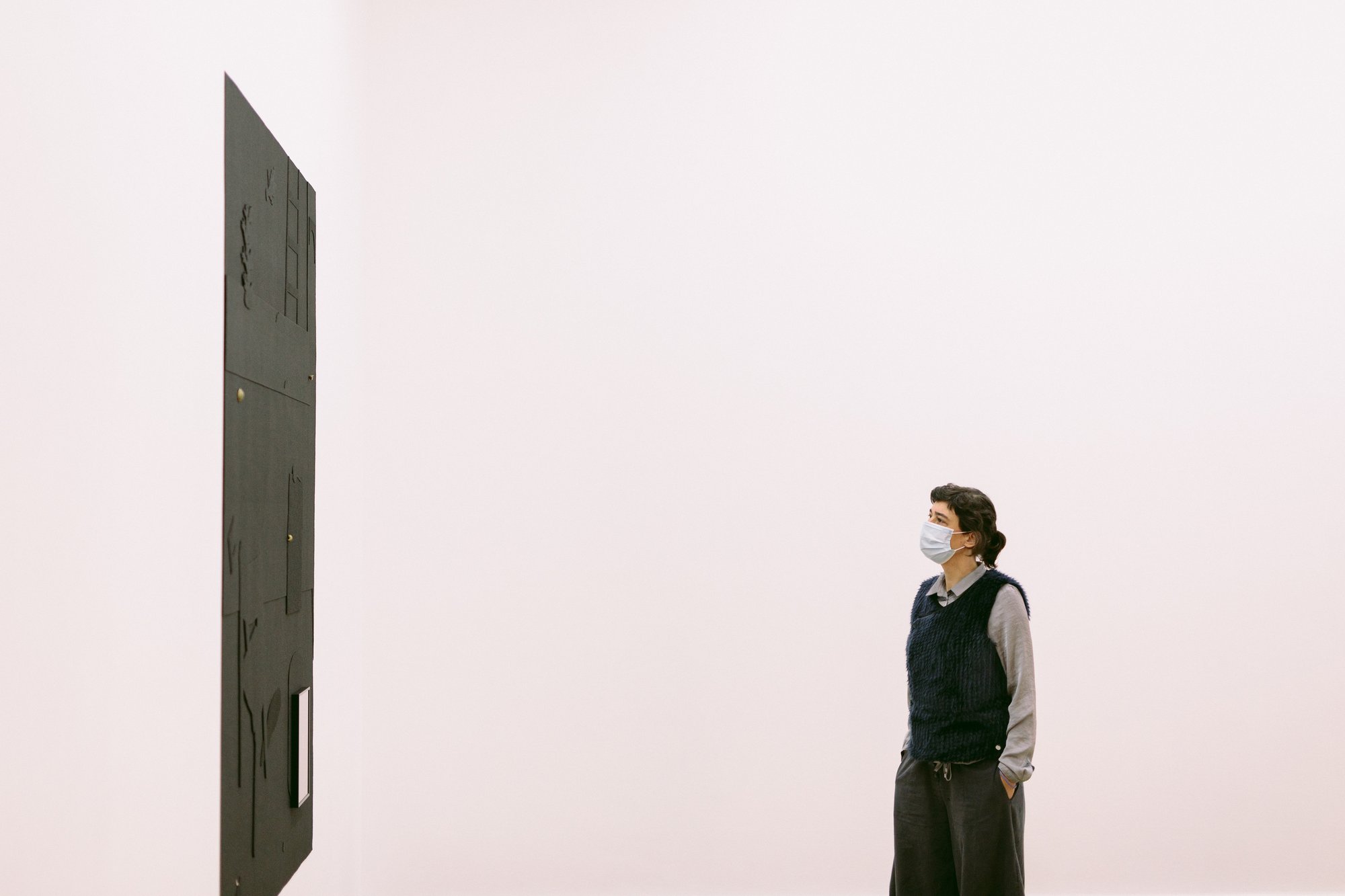
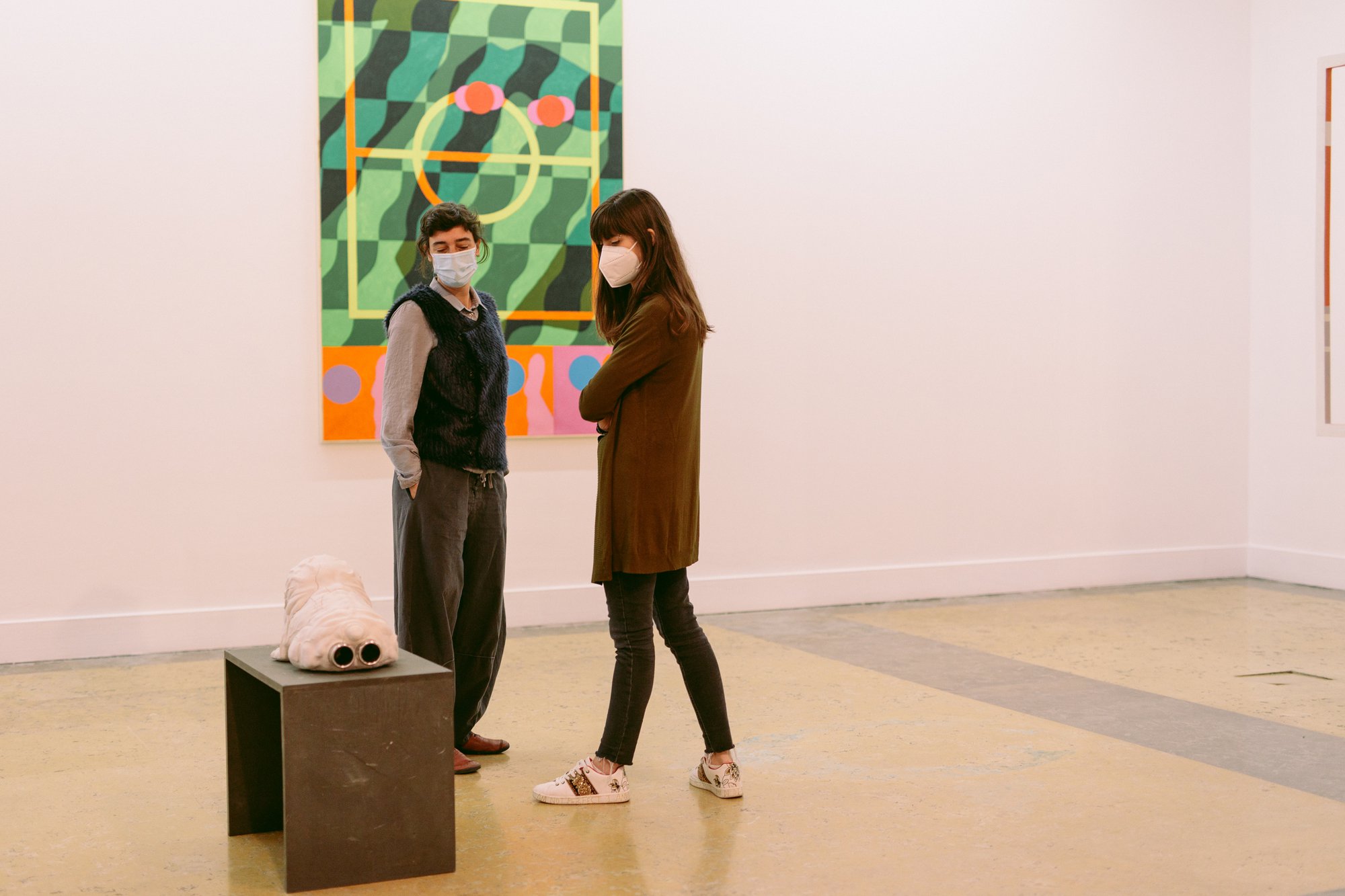
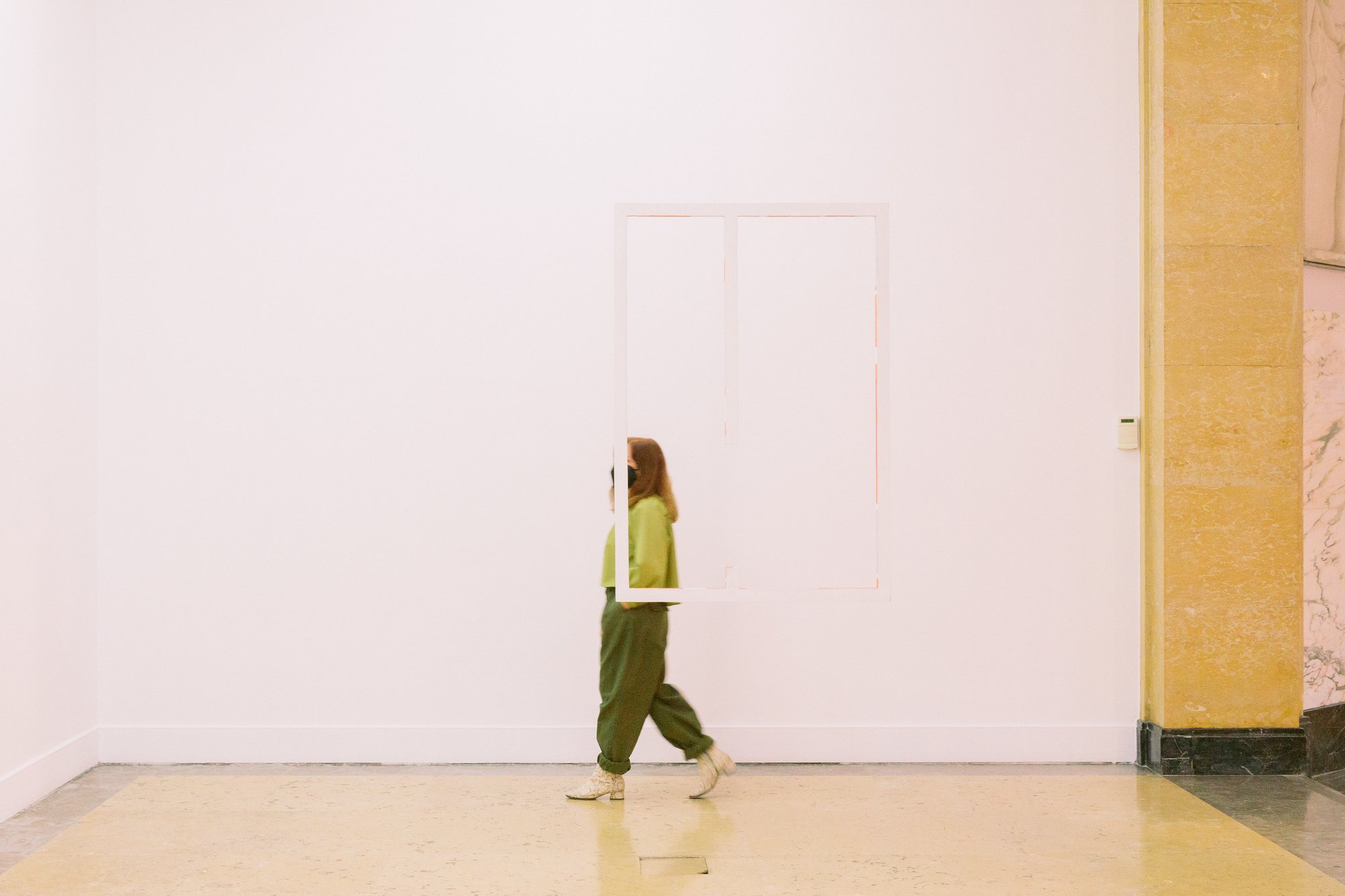
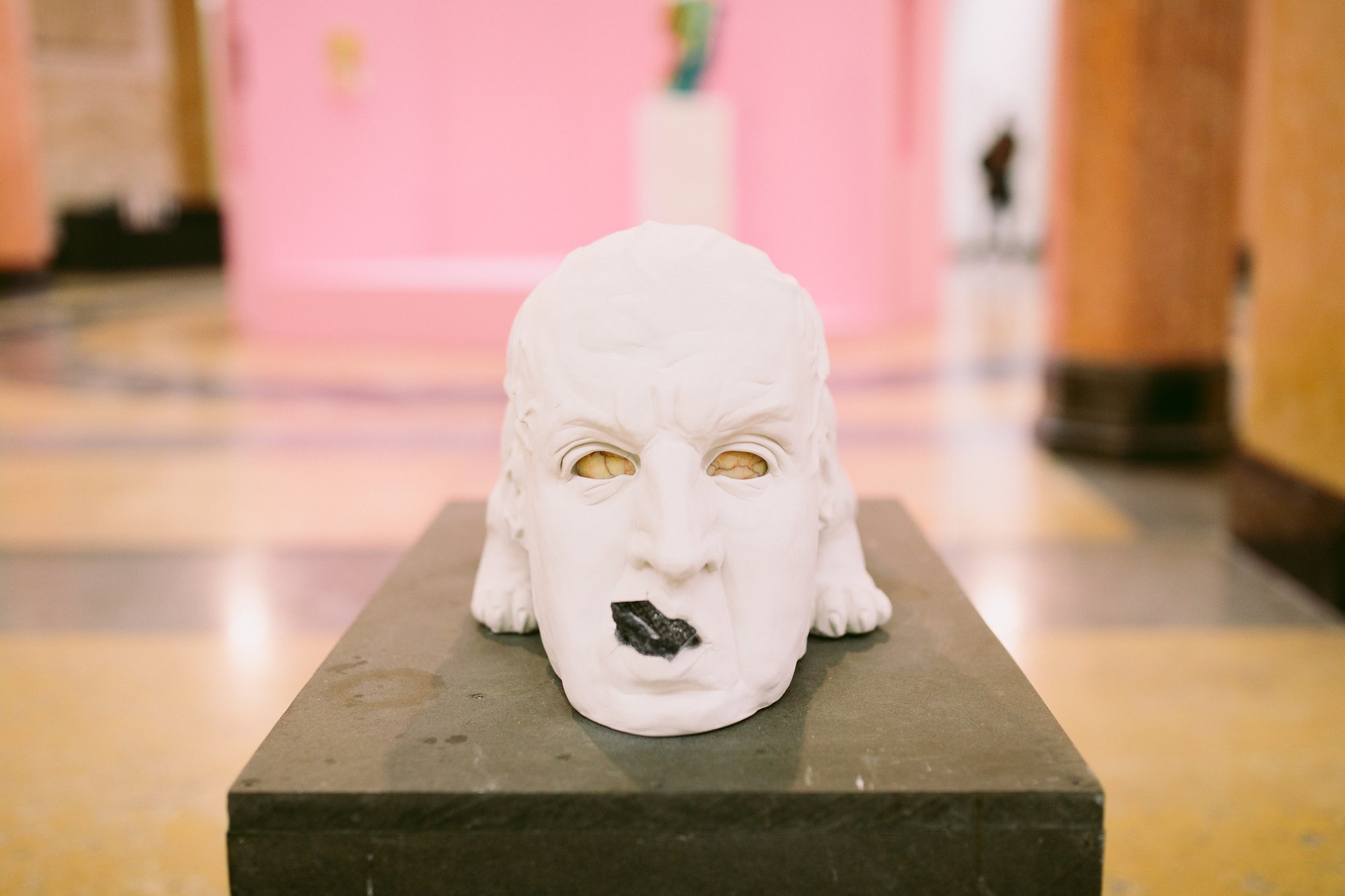
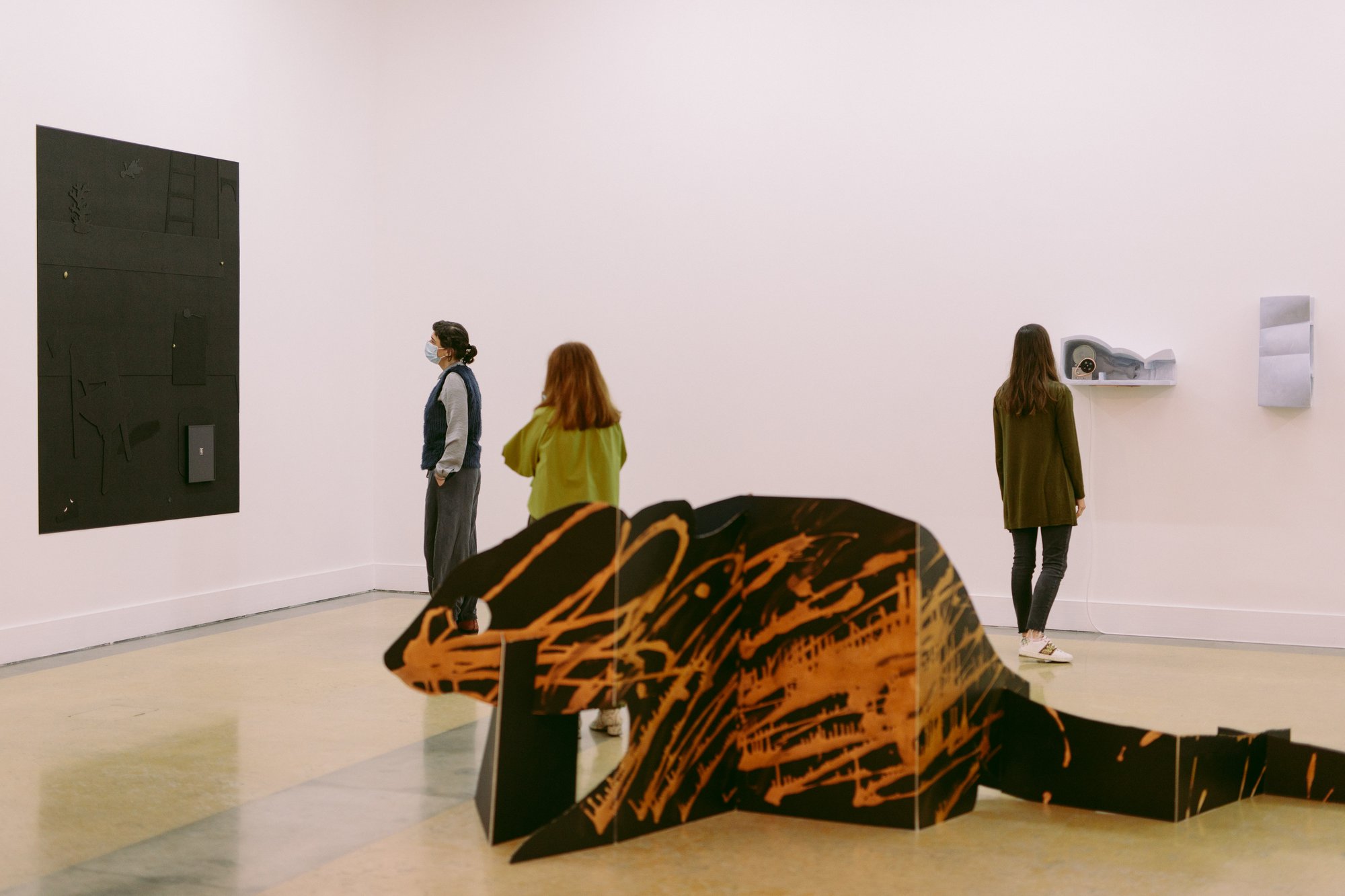
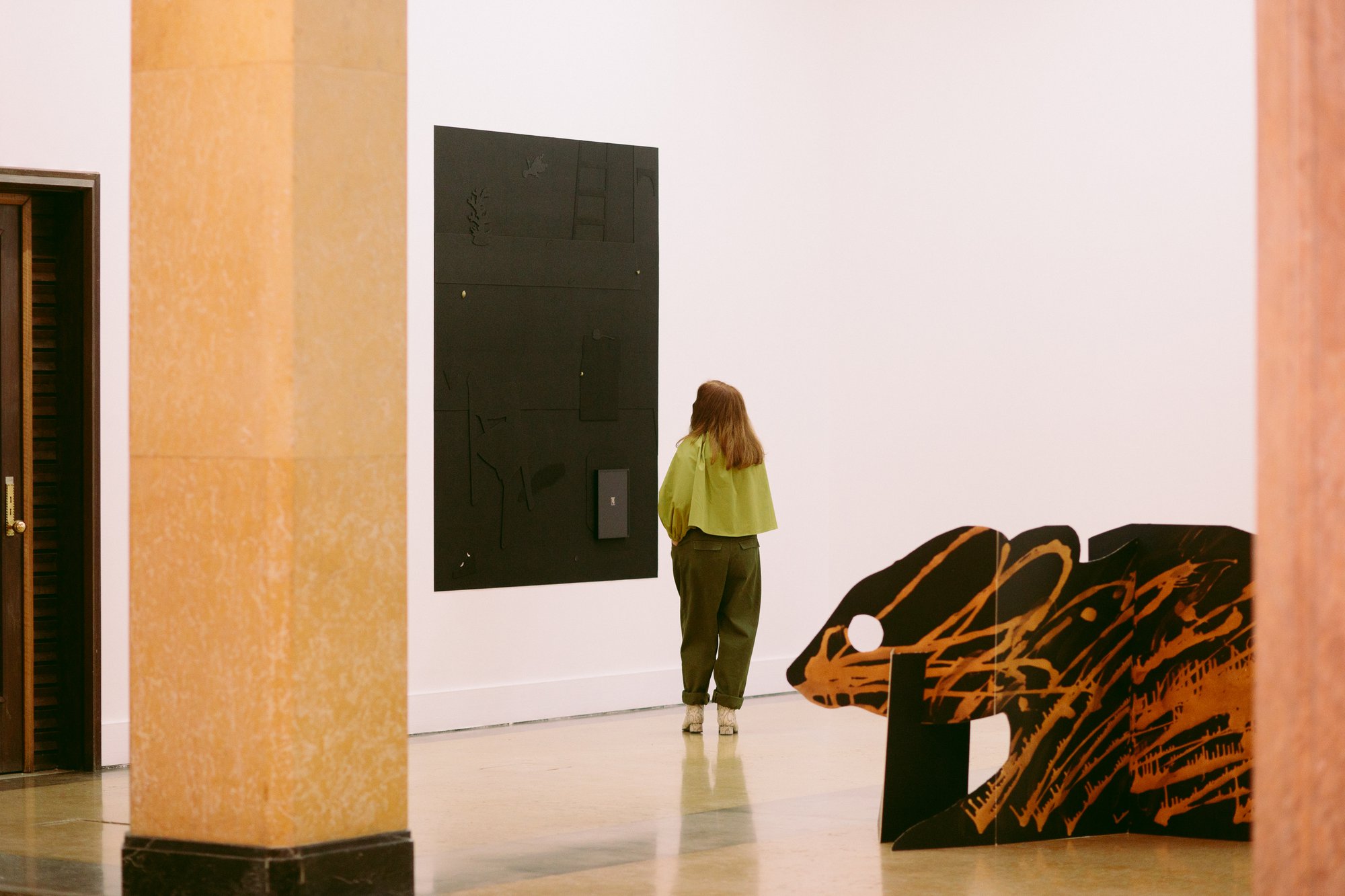
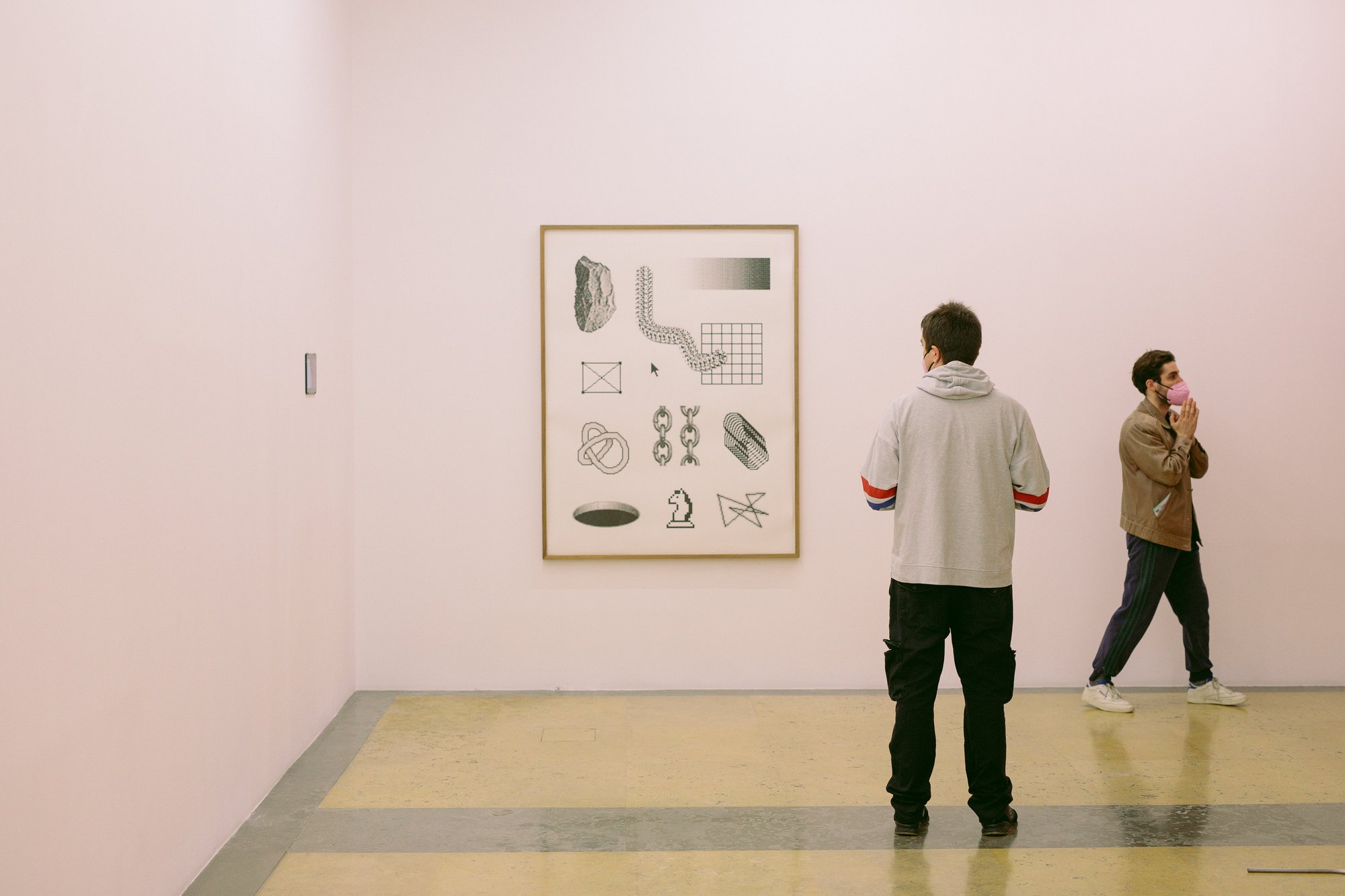
Participating artists
Aires de Gameiro
Lisbon (PT), 1989
Arno Beck
Bonn (DE), 1985
Carlota Bóia Neto
Lisbon (PT), 1996
Catherine Telford-Keogh
Toronto (CA), 1986
Eduardo Fonseca e Silva
Lisbon (PT), 1993
Francisca Valador
Lisbon (PT), 1993
Guillermo Ros
Vinalesa (ES), 1988
Holly Hendry
London (UK),1990
Hugo Brazão
Madeira (PT), 1989
Isabel Cordovil
Lisbon (PT), 1994
Jason Dodge
Newton (USA), 1969
José Taborda
Lisbon (PT), 1994
Lea Managil
Lisbon (PT), 1991
Line Lhyne
Aarhus (DK), 1991
Lito Kattou
Nicosia (CY), 1990
Maria Miguel von Hafe
Guimarães (PT), 1995
Nuno Ferreira
Lisbon (PT), 1991
Pedro Cabrita Paiva
Beja (PT), 1991
Primeira Desordem
Hugo Gomes, Lisbon (PT), 1989
João Marques, Lisbon (PT), 1989
Rowena Harris
Norfolk (UK), 1985
Rui Castanho
Lisbon (PT), 1986
Sara Graça
Lisbon (PT), 1993
Stefan Klein
Memmingen (DE), 1983
CURATOR
Bruno Marchand
CURATORIAL ASSISTANT
Sílvia Gomes
PRODUCTION COORDINATOR
António Sequeira Lopes
PRODUÇÃO / PRODUCTION
(CULTURGEST PORTO)
Susana Sameiro
ASSISTENTE / ASSISTANT
(CULTURGEST PORTO)
Rui Osório
MONTAGEM / INSTALLATION
Bruno Fonseca
Renato Ferrão
ACKNOWLEDGEMENTS
Aires de Gameiro
Balcony Gallery, Lisboa
CBS – Creative Building Solutions,
Eng. Nuno Abreu
Galeria Duarte Sequeira, Braga
Galleria Franco Noero, Torino
Garcia Néu / Umbigo
Hugo Gomes
Nuno Ferreira
Pedro Cabrita Paiva
Stephen Friedman Gallery, London
And to all those who lent works for the exhibition, preferring to remain anonymous.